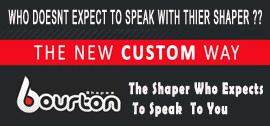Mentawai Islands 2012.
It had been a while since I had been up there high season due to the ever increasing crowd situation during this time. I had heard some horror stories of queues of boats lined up at HT’s waiting for their 2 hour slot, so I had up to now, normally gone late in the season to avoid the hassle. At 61 years old with a body on the brink (dodgy neck and lower back), I opted for a paddler, keeping in mind also that more than likely this time of the year, we would get a few solid days.
I have been using a fused pellet polystyrene of late with quite a bit of success, but I really needed to give it the ultimate Indo test. Since my decaying body needed some help to paddle in, it was the obvious choice and it was also a good opportunity to test out the diagonal stringers in waves of consequence. The flex pattern out the tail should be really noticeable at higher speeds. Also the extra lateral strength of a board with 2 angles stringers could be tested particularly with a very light 4×4 BDX glass job, meaning that much of the load would be left to the stringers. When you have no zero 90 degree reinforcement with glass or wood then you are going to have more board bend- but with this set up I did not expect a soft bend because of the dual stringers.
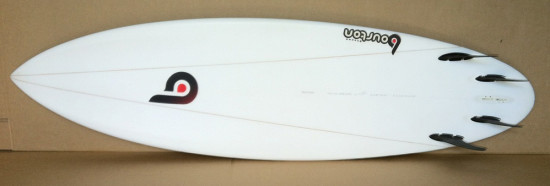
I decided that this year I needed to reaffirm my faith in my Skinny Bullet design, so the actual design of the board came from previous successes with the Skinny up there. Again my thinking was to get this bag of bones in early, so the lower nose entry, hull and wider nose in the Skinny were all going to collaborate with the polystyrene core to get me on my way. The dimensions 6.6 x 20 ½ x 2 5/8 are far from any step up theme, but that excess width had me feeling confident that I could make the bottom of any wave with my plates of meat still firmly in contact with the wax. Keeping the rails thinner with a fully rolled deck was the thinking that should negate the excess width forward of centre. If I had to fight that width early in the drop then the lower rails should allow me to sink the rail deeper and get an early grip. It is also a common design trick to pinch the rails a tad with EPS because of its corky nature. This foam is not as corky as full blown EPS but nevertheless I knew I was gambling with the width.
The bottom shape was that of the standard Skinny Bullet i.e. it only had a short little tail vee because the tail was not so wide. Vees really help you tip a board to rail especially when you are moving out. I did make it a tad longer knowing that my board was a little wider than the standard Skinny but perhaps I should have made it even longer.
RESULTS
Even though it was very busy up there I still managed to poach a few waves and thus get my head around my board’s behaviour. The board proved to have great entry so most of the time I got in, albeit sometimes a little late, but the lift of the hull saved my bacon.
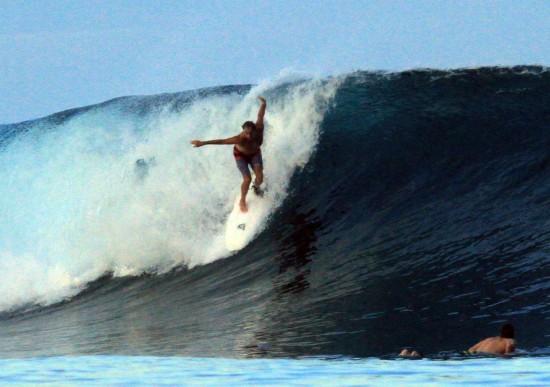
One of the big problems when these trips are only annual, is you lose touch with what is needed, and unless you correct the design fresh upon return the smaller weaker waves that you ride back home creep in and water down any resolutions formed while you were up there. So the purpose of this exercise is to identify what went right and what went wrong, and immediately correct it for next year.
First of all I did make the board a tad too wide and although I compensated by pulling the tail in I still had trouble setting the rail on take-off.
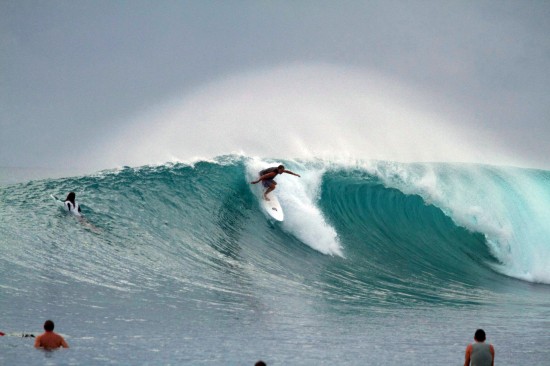
I got in pretty early but that advantage was lost because I had to go to the bottom to obtain the leverage in which to bury the width and get moving. Some waves it was not an issue but with the pressure from the crowds pushing you up the line it was a feature I could have done without.
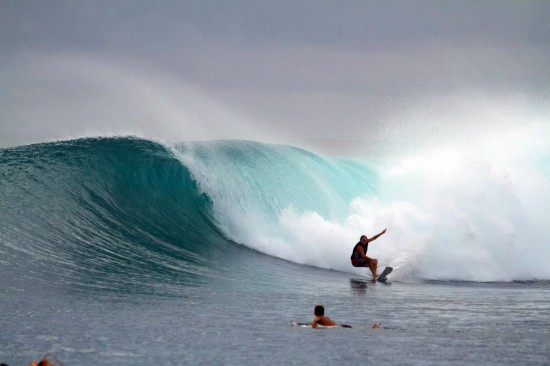
Perhaps to counter the width I could have extended the vee further up the board to encourage it on rail early but the major improvement although not in the paddle department would be to narrow the width particularly forward of centre….problem solved. Once the rail was set the quads did the rest and even though the board was a tad wide for me it would sit in the pit quite comfortably backhand and forehand, thanks to the extra grip of two fins out on the rail.
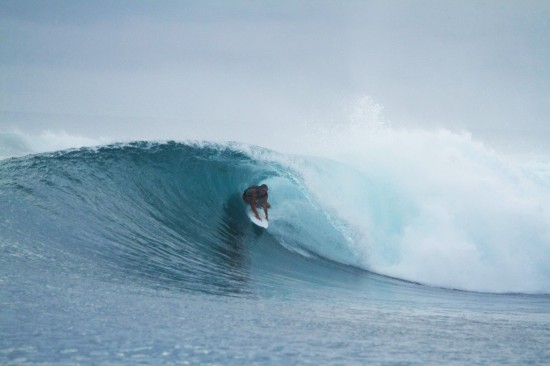
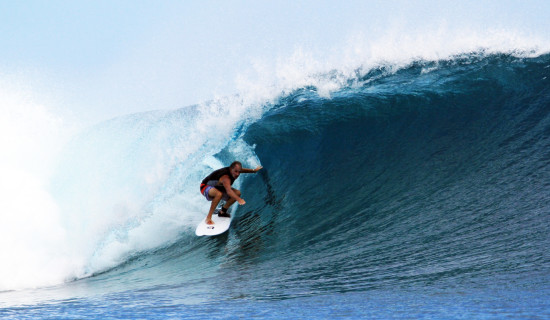
The diagonal stringers and tail flex felt very responsive once I had the opportunity to get some pump going and the tensile ping of the powerbase ceramic fins would have added to that. There were a few times on my forehand I got a lot of squirt from the flex in the tail created by the dual stringer exiting north of the fins. Again I have to say I really needed it because in many cases I was late to rail because of that infernal width. I also think the ceramic fins would have also played a part in the spring off the bottom.
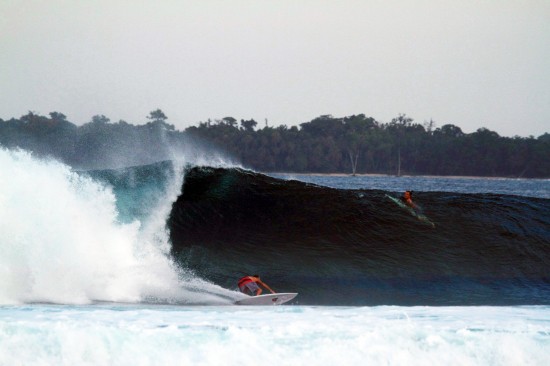
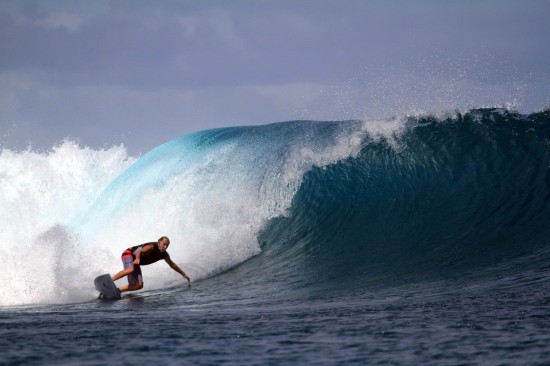
The nose hull which proved to be a keeper once trialled up here years ago again surprised me with its lifting mechanism. Only once did I nose dive and that particular wave would have done most punters up. If you can keep that front foot down confidently as you approach the trough you can get so much more drive off the bottom. Sometimes it would lift so much I had to move further forward than I wanted just to keep in trim.
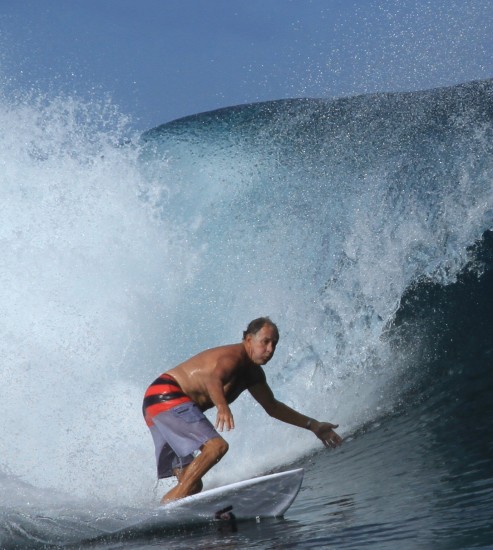
SO WHAT WOULD I CHANGE?
Having survived the trip relatively unscathed I would be hesitant in changing the design too much as I am not getting any younger. Having said that I think if I was not to deal with as many crowds and take off where I felt more comfortable I could quite easily reduce that width down to 20 1/8 and narrow the front of the board a pinch. To compensate for this I would add an inch to the length and then pinch the rail down a little more as well. I think even though by narrowing the board generally the tail width would automatically become narrower as well, I would still extend the tail vee further up the board since I have very skinny feet which would help lay it over and lever off the bottom with a little more conviction. Everything else I would keep the same including the duel stringers , fins and the fused pellet polystyrene.
Below are the designs for this year (before) and the one for next year (after) with a few tweeks. (click pic to enlarge) Now I do not have to think about it anymore nor do I need to remember what happened and what needs changing.
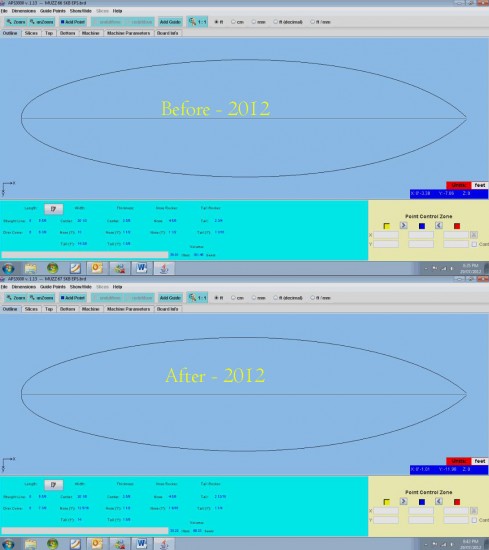
All done!
Muzz
